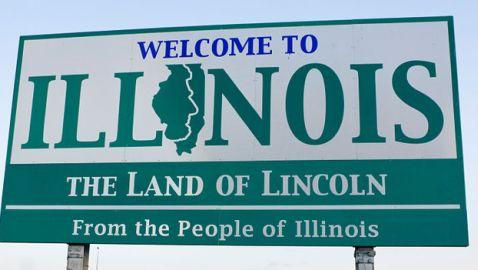If EITC Were Extended To Childless Workers, 300,000 Would Escape Poverty
Post Views 3
By simultaneously lowering the eligibility to 21 and raising the maximum credit to all, it is estimated by the study that it would bring 300,000 people out of poverty.
The question to ask, necessarily, is if such tax manipulation would bring 300,000 out of poverty, who is paying for it? Someone always pays.
Yet a report by the Brookings Instituted suggested that the EITC succeed in bringing 3.1 million children above the poverty line in 2011, generating $1.50 in additional earnings per dollar spent on the program.
Different organizations suggest instead that a $10 hourly wage would again help push the country’s working poor up, but again we must ask where the money is coming from and who ultimately pays. Better paying jobs might appease job seekers, but who ultimately pays? Are we paying in an inflation tax?
If EITC Were Extended To Childless Workers, 300,000 Would Escape Poverty by Andrew Ostler


 Let It Begin In 2010
Let It Begin In 2010  ABB Bringing 265 Jobs to Bartlesville
ABB Bringing 265 Jobs to Bartlesville  What is the Welfare Situation in the United States?
What is the Welfare Situation in the United States?  Gender Gap Emerges in Post-Recession Job Market
Gender Gap Emerges in Post-Recession Job Market  State of Illinois Discovers Inmates Receiving Unemployment Benefits
State of Illinois Discovers Inmates Receiving Unemployment Benefits  The Best and Worst Paid Jobs in Education
The Best and Worst Paid Jobs in Education  Has Wal-Mart Donated Millions to Conservatives?
Has Wal-Mart Donated Millions to Conservatives?  Employment Struggles in Horry County, South Carolina
Employment Struggles in Horry County, South Carolina